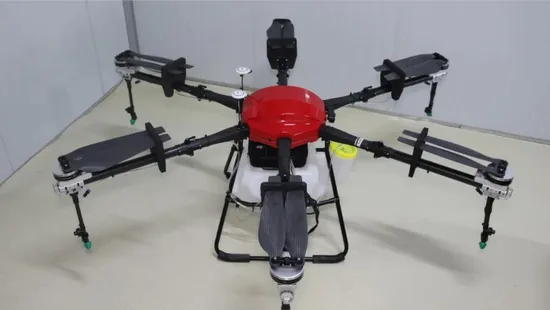
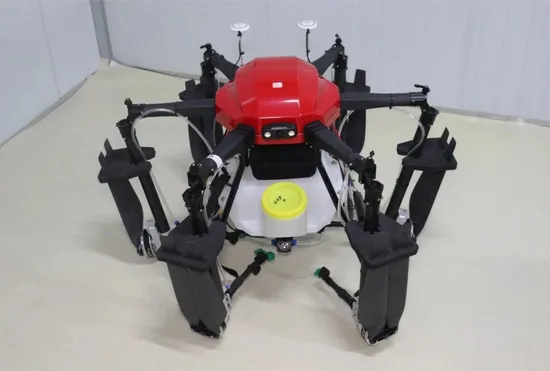
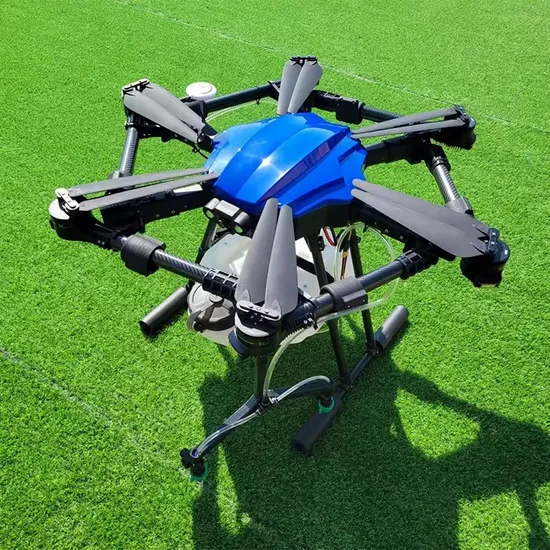
Agricultural drones have revolutionized farming by offering efficient solutions for spraying, monitoring, and analyzing crops. If you’re looking to import agricultural drones from China, you’re in the right place. China is one of the leading manufacturers of drones, offering a wide variety of models designed specifically for agricultural use. Here’s a comprehensive guide to help you navigate the process of importing agricultural drones from China.
1. Research and Understand Your Requirements
Before starting the import process, it’s crucial to understand what kind of agricultural drones you need. Different models serve various purposes, such as spraying pesticides, planting seeds, or capturing aerial data for crop analysis. Clearly define your operational needs, whether it’s for large-scale farming, small fields, or specific crop types. Knowing your requirements will help you choose the right drone with appropriate features such as flight time, payload capacity, and spraying capabilities.
2. Choose a Reliable Manufacturer
China has many manufacturers of agricultural drones, so selecting a reliable supplier is key. To ensure you get high-quality products, consider the following steps:
Check for Certifications: Make sure the manufacturer complies with international standards for drone production and safety.
Assess Production Capabilities: A reputable manufacturer should have robust production processes in place and the ability to handle bulk orders without compromising quality.
Review Product Testing: Ensure that the drones undergo rigorous testing before shipping. A quality manufacturer should provide evidence of such testing to guarantee that the drones perform well in real agricultural environments.
Look for After-Sales Support: An essential aspect of importing drones is ensuring that you have access to technical support and spare parts. Choose a manufacturer that offers reliable after-sales service and warranties.
3. Negotiate Terms and Pricing
Once you’ve identified a manufacturer, it’s time to discuss pricing and terms. Ensure you understand the total cost, which includes the drone unit price, shipping fees, and potential customs duties. It’s also important to clarify:
Payment Terms: Payment methods such as bank transfers, letters of credit, or even secure platforms like PayPal may be used. Be clear on the payment schedule and agree on a secure method.
Delivery Timelines: Establish a clear delivery timeline based on your needs. Discuss lead times and the ability to handle urgent orders.
Warranty and Return Policies: Ensure you are fully aware of the warranty terms and return policies in case of defective products.
4. Check Import Regulations and Compliance
Before importing agricultural drones into your country, ensure that you are familiar with the local regulations governing drone use. Different countries have varying rules regarding drone registration, airspace regulations, and usage restrictions. Some key areas to check include:
Certification Requirements: In many countries, drones must meet specific technical certifications before being allowed for commercial use.
Customs Regulations: Understand the import tariffs, taxes, and customs procedures in your country. This will help avoid unexpected costs and delays.
Drone Operation Permits: Some countries require licenses for operating agricultural drones. Make sure you know whether you need to apply for permits and the process for doing so.
5. Handle Shipping and Delivery
When the terms are finalized, and payment is made, it’s time to arrange shipping. Shipping from China to international destinations typically involves air freight or sea freight. Ensure that you:
Choose a Reliable Freight Forwarder: A freight forwarder helps manage the logistics, including shipping and customs clearance. Work with one that has experience in handling drone shipments.
Consider Insurance: For large shipments, consider insurance to protect your investment in case of damage or loss during transit.
Track Your Shipment: Stay in touch with the supplier and the freight forwarder for regular updates on your shipment’s status. This will allow you to plan for delivery and ensure the drones arrive in good condition.
6. Testing and Maintenance
Upon arrival, inspect and test the drones to ensure they meet the specifications you agreed upon with the manufacturer. Testing can include:
Functionality Checks: Verify that all drone functions, such as flight stability, spray systems, and GPS navigation, are working correctly.
Calibration: Ensure that the drone is properly calibrated for the environment in which it will operate.
Maintenance Training: Some manufacturers offer training on how to maintain and troubleshoot drones. Taking advantage of this training can help you ensure the longevity of the drones and maximize their operational efficiency.
7. Build a Long-Term Relationship
Building a strong, long-term relationship with your supplier is crucial for continued success. A trusted manufacturer can provide ongoing support, product upgrades, and assistance with future orders. Regular communication with the supplier will also help you stay updated on any new innovations in agricultural drone technology.
Conclusion
Importing agricultural drones from China can be a highly rewarding venture for those looking to enhance farming operations with cutting-edge technology. By conducting thorough research, selecting a reliable supplier, understanding your local regulations, and ensuring proper shipping and testing procedures, you can successfully bring agricultural drones into your market. As technology continues to evolve, agricultural drones will remain an essential tool in modern farming practices, boosting productivity and sustainability in the industry.

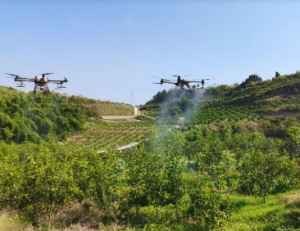
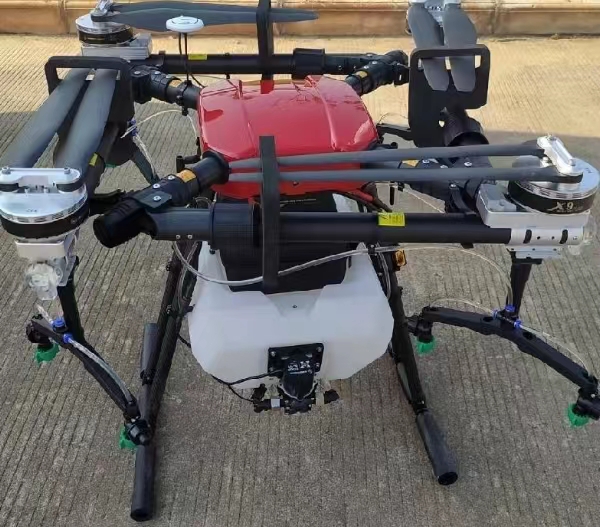
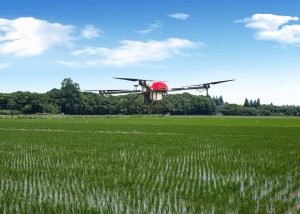
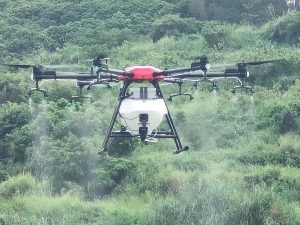

暂无评论内容